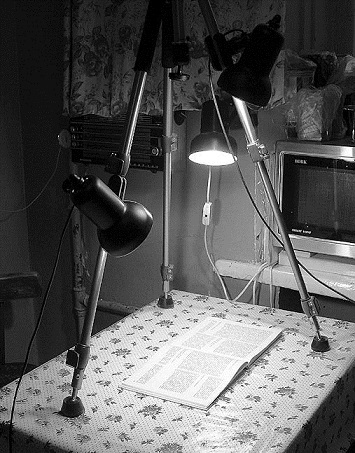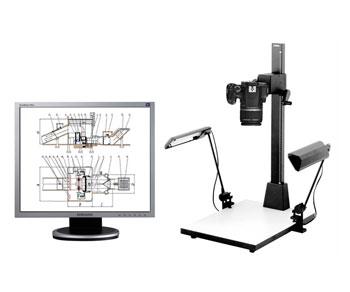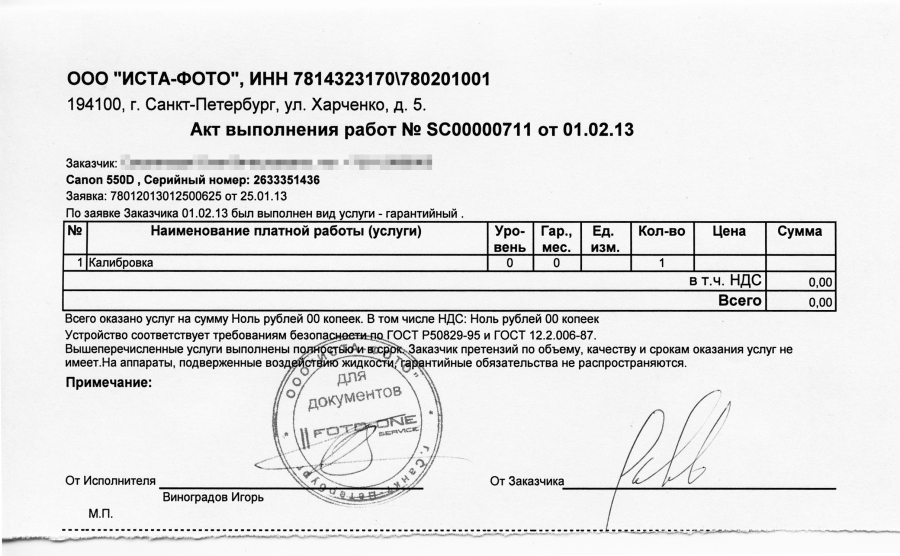How not to miss in choosing a book scanner

Choosing the best book scanner for digitizing funds today is becoming relevant before any library, museum and archive. How to buy a scanner at a reasonable price and work on it without any problems for the next 5-10 years, having scanned all the paper fund necessary for digitization? The article discusses book photo scanners with a V-shaped cradle, which have been recognized due to the optimal price / quality / performance ratio compared to traditional planetary scanners. The key functional requirements for the hardware and software of the scanner, the conditions necessary for the long-term uninterrupted operation of the equipment, mandatory requirements for suppliers are given.
In 2005, we, as a company performing scanning projects for libraries and archives, were looking for a book scanner. Having experience with traditional book scanners and a limited budget, we opted for the V-shaped cradle on the market.
In the previous article we looked at all types of book scanners existing on the market. This article will cover book scanners based on digital cameras.
A bit of history
The digital cameras that appeared in the early 90s actively won market positions and almost immediately began to be used as a basis for digitizing paper documents, becoming an alternative to slow tablet and expensive planetary scanners.
')
The simplest book scanner can be assembled from a tripod tripod, a pair of light sources and, of course, the camera itself (see above).
Using a photo stick for subject shooting allows you to simulate a traditional planetary book scanner. However, at first, the size of the camera's matrix did not reach much, even to obtain a resolution of 150-200 DPI
Examples of such solutions include:
The camera on a tripod.

Tripod StandScan IR-2

A real breakthrough in the design of photo book scanners was the appearance of a V-shaped cradle. The idea of improving scanning in this way belongs to the founder of ATIZ Innovation Sarasin Booppanon. In 2005 the company was registered, and the first industrial design appeared in 2006. The idea is simple: the book is opened at 90 or 120 degrees, each page is photographed with a separate camera. The success of the idea is indirectly confirmed by the release of their models with a V-shaped cradle by “traditional” book scanners manufacturers, for example, Zeutschel OS 12000 V (2010) and book2net V-Scan Cobra (2010).
The ATIZ book scanners appeared on the Russian market in 2007 and immediately became actively used among libraries and archives. Almost immediately, Russian analogues appeared, partially or completely copying the design of the ATIZ scanners. Nevertheless, many manufacturers have not been able to reach the industrial scale of production, because To create a production that will consistently produce high quality equipment, develop it and at the same time be profitable is a rather complicated task. The only domestic manufacturer of book scanners that have achieved some success is the Irkutsk company Baikal Composite. In 2010, she released the Optima-V book scanner with an original pressure glass mechanism and a mirror system that allows you to use one camera to scan both pages.
How to still make the right choice of book photo scanners?
Here are the criteria that at one time helped us in choosing the optimal book scanner:
Constructive
Optical scanner system
As is known from the laws of physics, glass and mirrors block a small amount of light, therefore, the smaller the optical surfaces that transmit and reflect light the better. Everyone knows how quickly dust accumulates on the surface and it is difficult to wash without stains. Thus, the minimum number of surfaces will save time and effort spent on caring for a book scanner.
For example, in an Optima-V scanner, an image passes through THREE glasses, two of which are glass mirrors and, accordingly, care for such hardware is much more complicated.
Habraacter revseev
Tripod Mechanics
"Simplicity" design.
Book scanners have a standard set consisting of the minimum required moving parts
1. Runners cameras,
2. Guide rails clamping glass,
3. Guide rails of the book cradle,
Some complication is present in the Optima-V scanner - the mechanism of mirror rotation is included in the design
Functional
Requirements for cameras.
The basis of almost all photo scanners are Canon SLR cameras from the company and there are a number of reasons for this. Cameras are easy to find for sale, service centers are available in all major cities. Canon became one of the first to open its own camera control libraries (Canon SDK) for external developers, which opened up the possibility of writing its own control programs. However, when buying a book photoscanner, it is necessary to make sure that the cameras are not “gray”, that the supplier has checked the absence of “back-focus”. Once again, speak out the warranty on all the elements: a tripod, cameras, software (dates, to which it applies).
Software (software)
It is worth paying attention to the software. The basic software package should include scanning modules, image processing, assembling electronic books in multi-page documents, OCR (optional).
The videos presented on the supplier’s website will help you evaluate the functionality of the software system.
Non-functional
- Performance
- Convenience
- Quality, reliability
- Mobility
Service requirements and technical support
Warranty.
In book scanners based on digital cameras warranty obligations are shared. Directly on Canon cameras are guaranteed from the manufacturer for 2 years. The tripod and software are guaranteed by the manufacturer of the book scanner and usually it is 1 year.
Find out what ways and channels are carried out: telephone, e-mail, website, travel specialist.
Warranty card with a stamp of an authorized service center (list on the site canon.ru) on calibration / adjustment

Act on calibration / adjustment or a copy of the act from the same service center

Service support
Service support includes repair in case of breakdowns.
Find out in advance about the availability of service centers in your city. Find out if it is possible to take equipment, whether there is a replacement technology for the period of repair. The main problems that you may encounter are: wear of rubbing parts, electrical equipment malfunction (lighting), problems with cameras.
Training and documentation
Any equipment, however simple it may seem, needs proper operation. The presence of video tutorials on the Internet, demonstrating the process of assembling, adjusting, scanning and processing images, will help you understand the nuances of working with a book scanner. Also, you should check with the supplier about the possibility of starting training and webinars.
Scanner Testing
The main suppliers of book scanners are located in Moscow or St. Petersburg, and the main consumers of book scanners are regional organizations. In order not to buy a “cat in a bag”, we advise you to conduct a reference visit after finding out from a supplier about the presence of users of his system in your city. If there are no such users in your region, there is always an option, if you go on a planned trip to Moscow or St. Petersburg, set aside some time to visit the supplier and test the scanner.
Upgrade
One of the important qualities of the software is its relevance. From errors and omissions in the software no one is insured. Timely release of software updates allows you to minimize problems at work.
A camera-based book scanner is a flexible tool for upgrading. After several years of use, you do not have to buy a new, modern system. To upgrade, you will need to update only the cameras suitable for the tasks to be performed.
Cost of ownership.
The German company Image Access sells its Book eye 4 scanner at a fairly low price, but the warranty obligations are not included in the price. The warranty must be purchased separately, thereby increasing the price of the scanner by several thousand dollars. Also, the scanner uses expensive “consumable” components, in the event of a breakdown of which, the scanner owner will additionally spend a tidy sum to replace them. Often, manufacturers make "consumable" components "unique." So, some scanning lamps cannot be found in the open market.
Sometimes, the delivery of the scanner includes software that is not suitable for the user due to the small set of tools. The supplier can gladly offer to purchase the necessary software, but it will be very expensive.
Thus, the cost of ownership becomes very, very high. This is what suppliers use to manipulate consumers.
Internet resource analysis
Company / Product Website
Often, the manufacturer’s website only publishes a technical specification and a few photos of the product, and information that interests you has to be found on third-party sites or directly from the supplier. In addition, it would be nice to find information on the site on how to work with this equipment (video instructions for setting up, installation, manuals, software operation, scanning). Also worth paying attention to the actualization of information on the manufacturer's website. At a minimum, it is worth looking at the Dates of the latest news, updates, and so on. And, if the news is hopelessly outdated, it is worth making the appropriate conclusions.
Market Analytics.
Read articles by independent experts, especially on the quality of scanning, for example, articles by the Scientific and Research Institute of Tula.
User Reviews. Before purchasing a book scanner, be sure to read reviews from scanner owners, not marketers and advertisers of merchant companies. Take for example a review about the work of the ATIZ scanner three years ago.
Conclusion
We hope that our recommendations will help you in choosing high-quality equipment in accordance with your requirements and budget.
Source: https://habr.com/ru/post/195406/
All Articles